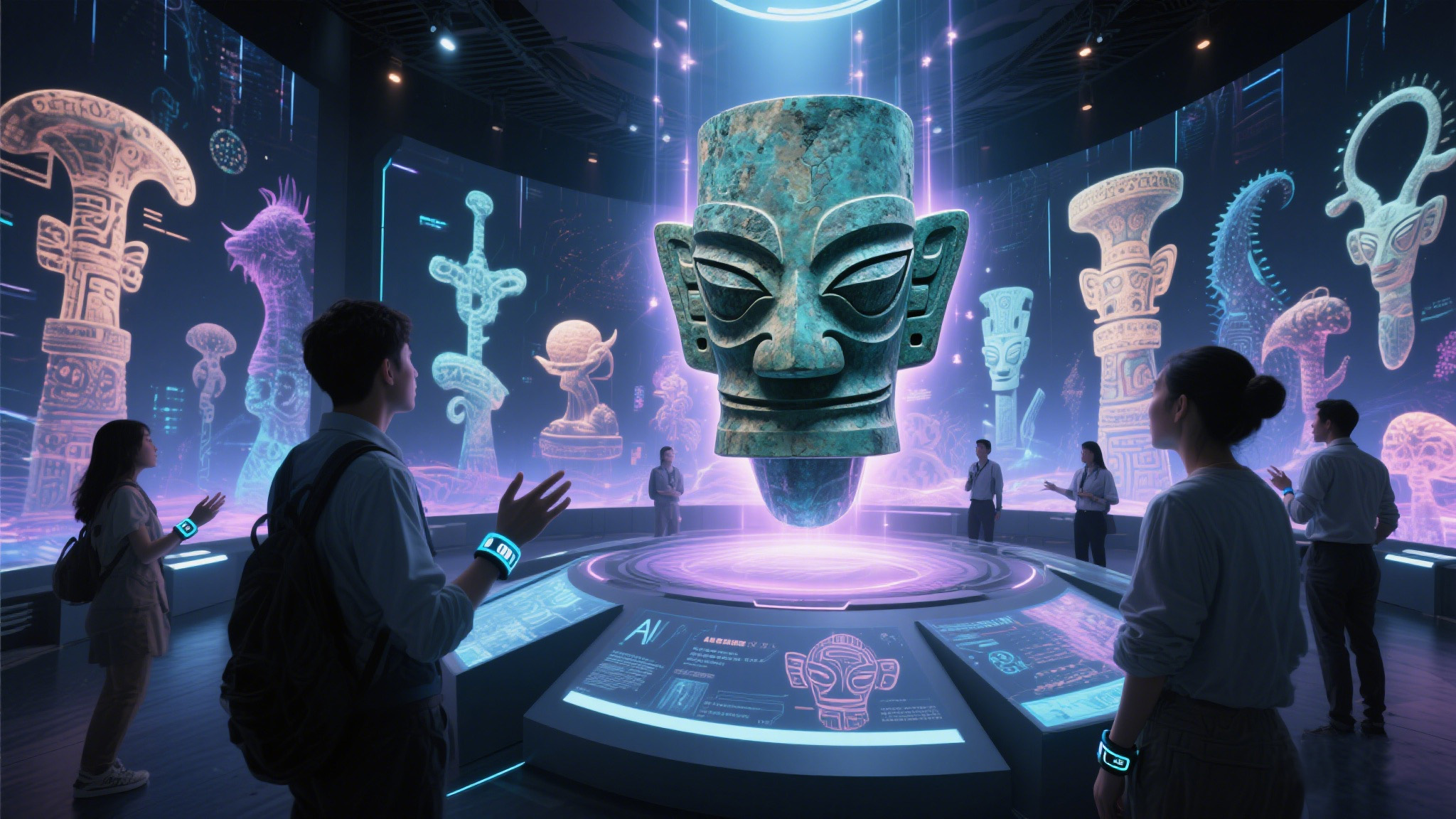Wuhan: The Resilient Heart of China
Nestled at the confluence of the Yangtze and Han Rivers, Wuhan emerges as a city where ancient heritage and futuristic ambition coexist in dynamic harmony. This sprawling metropolis, often called "China's Thoroughfare," has served as a cultural crossroads for over 3,500 years. Visitors discover a city reborn through its vibrant arts scene, revolutionary history, and culinary traditions that tell stories of resilience.
The legendary Yellow Crane Tower stands as an architectural memoir of dynasties past. First built in AD 223 during the Three Kingdoms period, this five-tiered pagoda has been destroyed and rebuilt a dozen times, each incarnation absorbing new layers of cultural meaning. From its uppermost balcony, the panoramic view frames the Yangtze River bridges like brushstrokes on a Song Dynasty landscape painting. Downstairs, traditional tea ceremonies accompanied by guqin zither performances transport visitors to an era when poets like Li Bai immortalized this tower in verse.
Wuhan's revolutionary spirit pulses through the corridors of the Wuchang Uprising Memorial Museum. Here, meticulously preserved documents and multimedia exhibits recount how a single gunshot in 1911 ignited the Xinhai Revolution that toppled imperial rule. The museum's centerpiece – a life-sized diorama of revolutionaries storming the governor's residence – captures the desperation and hope that reshaped modern China. Nearby, the serene courtyards of Guiyuan Buddhist Temple offer respite, where 500 arhat statues display unique facial expressions representing the human journey toward enlightenment.
Modern Wuhan unfolds in the East Lake Ecological Park, a watery expanse six times larger than New York's Central Park. Each spring, cherry blossom tunnels transform its pathways into pastel corridors, while water lilies blanket the lake in summer like a living mosaic. Cyclists glide along 101km of dedicated paths, passing sculpture gardens where contemporary artists reinterpret Chu Dynasty motifs. At night, the Hubei Provincial Museum comes alive with haunting bronze bell concerts played on replicated Bianzhong instruments from the tomb of Marquis Yi of Zeng.
Culinary adventurers dive into Wuhan's breakfast culture at Hubu Alley, where steam rises from cauldrons of hot dry noodles tossed in sesame paste – a recipe perfected over 80 years. Street vendors demonstrate the art of crafting doupi, layering glutinous rice, mushrooms and pork between golden tofu skins. The city's culinary renaissance blooms in Qintai Art District, where converted factories house avant-garde restaurants serving deconstructed versions of traditional dishes like lotus root soup with edible gold leaf.
















